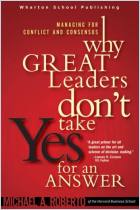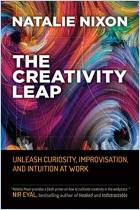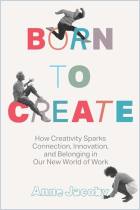
Recommendation
Michael A. Roberto’s useful analysis tells leaders how to support their employees’ creative talents. He identifies six mind-sets that block innovation. He explains their impact in terms of social science research using practices from such firms as Apple and Trader Joe’s plus examples from media, sports and the arts. Roberto shows leaders how to overcome these obstacles, create an open environment and stimulate employees’ creativity by encouraging them to explore new ways to work.
Summary
About the Author
Michael A. Roberto, PhD, is the Trustee Professor of Management at Bryant University. He also wrote Why Great Leaders Don’t Take Yes for an Answer and Know What You Don’t Know.
By the same author
Learners who read this summary also read
Book
Book
Book
Book
Book























Comment on this summary or Démarrer une discussion